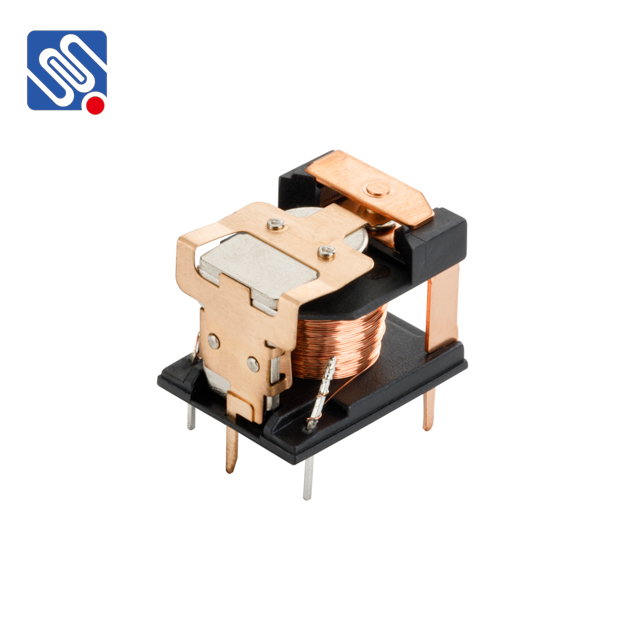relay comparison: an in-depth look at performance and application, featuring meishuo
Release time:2025-05-01 01:15:44
Relays are essential components in various electrical circuits, commonly used for switching applications, including in automotive systems, industrial machinery, telecommunications, and even home appliances. Their primary function is to control the flow of current through a circuit by opening or closing contacts, using an electrical signal to switch a separate high-power circuit. While relays are simple devices in their design, their reliability, versatility, and performance depend heavily on the specific application and type of relay used. In this article, we will compare different types of relays with a special focus on Meishuo relays, a leading player in the relay market.

Types of Relays and Their Applications
There are several types of relays available on the market, each designed for specific applications. The most common ones include electromechanical relays (EMRs), solid-state relays (SSRs), and reed relays. Let’s explore their features and differences in detail.
Electromechanical Relays (EMRs): Electromechanical relays have been in use for over a century and remain widely utilized due to their cost-effectiveness and ease of use. These relays consist of a coil and a set of contacts that physically move when the coil is energized. The main advantage of EMRs is their simple design, which allows them to handle a wide range of switching operations, from low-voltage signals to high-current switching.

